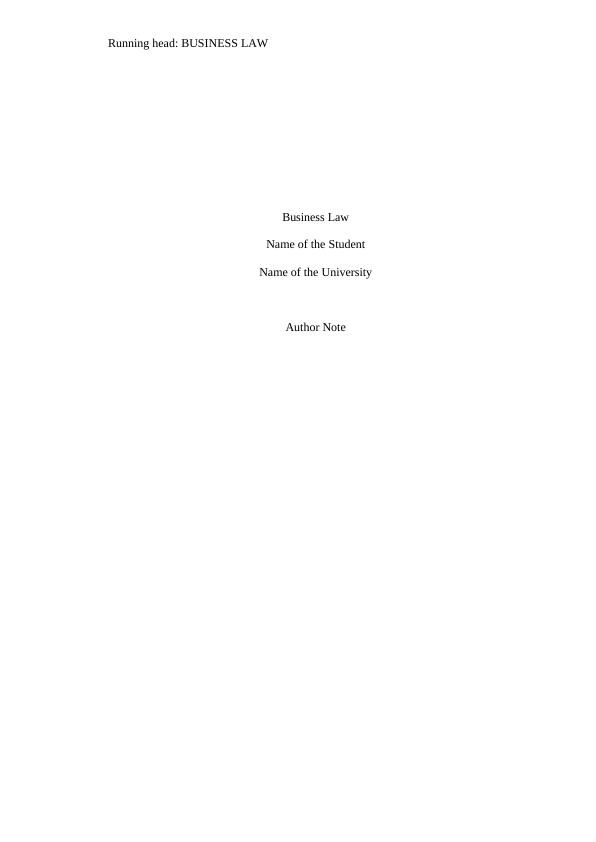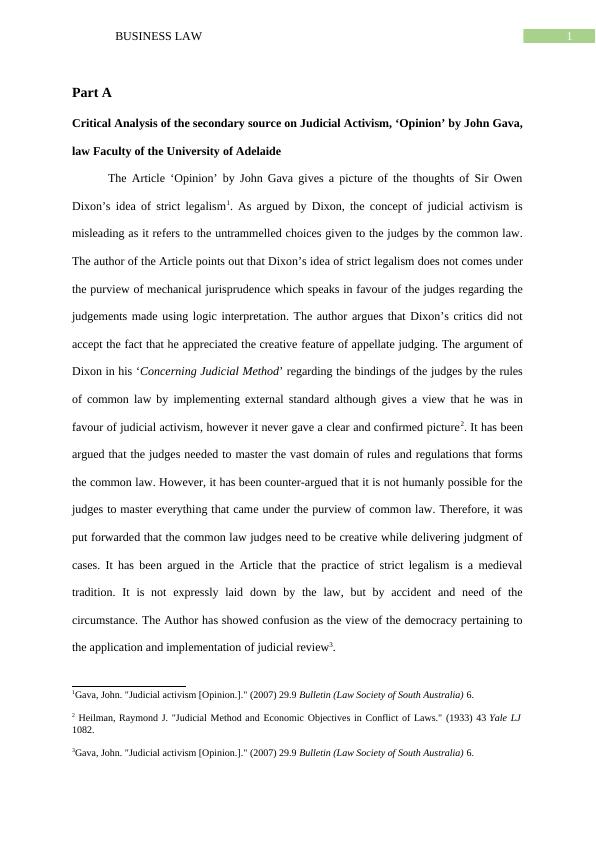Critical Analysis of Judicial Activism
A discussion on the role of the human rights lobby and the courts in implementing their ideology in society.
5 Pages1335 Words41 Views
Added on 2023-01-13
About This Document
This article provides a critical analysis of the concept of judicial activism and its implications in the legal system. It discusses the views of different jurists, including Sir Owen Dixon, on the topic. The article also explores the changing norms of the legal scenario and the role of lawyers in interpreting the law. It highlights the need for reformation in the judiciary and the complexities surrounding human rights and jurisdiction.
Critical Analysis of Judicial Activism
A discussion on the role of the human rights lobby and the courts in implementing their ideology in society.
Added on 2023-01-13
ShareRelated Documents
End of preview
Want to access all the pages? Upload your documents or become a member.
Party Politics and Constitutional Change
|4
|713
|19
Assignment on Development of Australian Court System PDF
|8
|2183
|119
Legal Authorities of Australia - DOC
|7
|1919
|24


